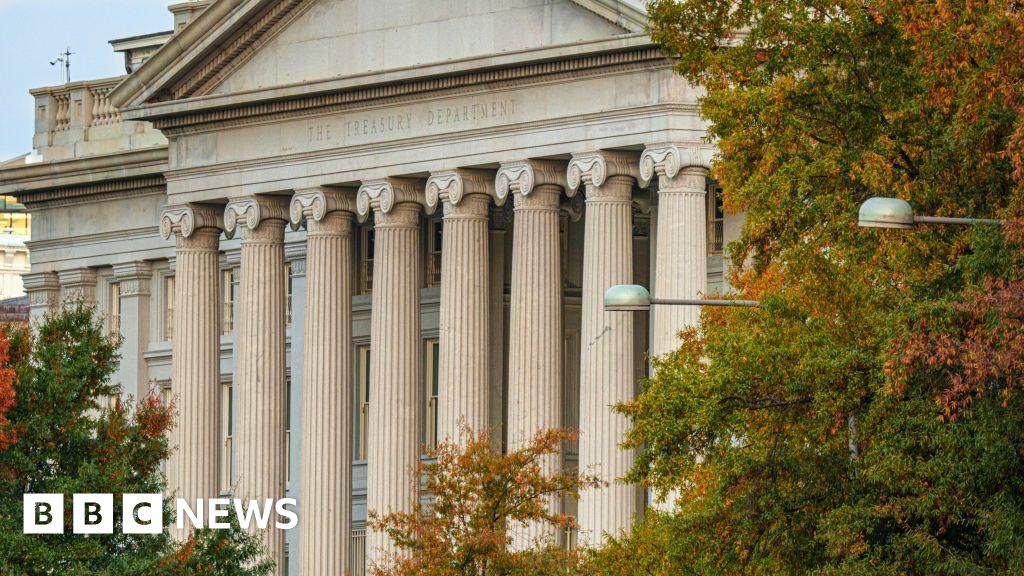Seattle, Wash., Sep 27, 2024 / 12:15 pm
A two-page letter from 1776 written by St. Junípero Serra failed to sell at a New York auction on Thursday after the auction house declined a $70,000 offer, having expected to fetch around $100,000.
Fascination was there, “but it takes bidders with the means and inclination to make the auction sale happen,” said Scott Trepel, president of Robert A. Siegel Auction Galleries, the auction house behind the attempted sale. “Sometimes everything is right except timing.”
The letter will return to its consignor, who plans to incorporate it into another collection. “It fit into the Alta California narrative, but it has significance in other subjects,” Trepel added.
Among the few remaining Serra letters in private hands, the document unveils Serra’s ambitious blueprint for creating a network of missions across Alta California. Addressed to Captain Commandant Don Fernando de Rivera y Moncada, the letter illuminates Serra’s vision for spreading the Catholic faith and enhancing connectivity in the area. He proposed establishing a postal system to improve communication and bolster missionary efforts among the Indigenous population.
The document is not only an artifact of California history but also a second-class relic, as Serra was canonized in 2015, making him one of only 11 North American saints.
 A two-page letter from 1776 written by St. Junípero Serra failed to sell at a New York auction on Sept. 26, 2024, after the auction house declined a $70,000 offer, having expected to fetch around $100,000. Credit: Courtesy of Robert A. Siegel Auction Galleries
A two-page letter from 1776 written by St. Junípero Serra failed to sell at a New York auction on Sept. 26, 2024, after the auction house declined a $70,000 offer, having expected to fetch around $100,000. Credit: Courtesy of Robert A. Siegel Auction Galleries“Since the Middle Ages, canon law has forbidden simony, or the sale of relics,” said Thomas Rzeznik, associate professor of history at Seton Hall University. “The ban reflects a concern that sacred objects would be profaned by commercial exchange.”
The issue becomes more complex with second-class relics — items of personal property connected to a saint, such as clothing, letters, or books.
“In the modern age, much more of this material legacy remains, making it more likely that items will find their way into the marketplace,” Rzeznik said.
When asked if the Catholic Church’s prohibition against buying and selling relics might have impacted bidding, Trepel dismissed the notion. “That never occurred to us. I think of this as a historical document, not a relic,” he said.
The estimated value of about $100,000 was based on the letter’s previous sale more than a decade ago, where it fetched approximately the same amount.
“Historical letters have generally held up well,” Trepel explained, suggesting that the valuation was consistent with market expectations for such rare documents.
Despite the result, Trepel emphasized the significance of the artifact.
“It’s important not to let one auction affect our appreciation for a historical item,” he said. The document not only originates from a prominent historical figure, but “for collectors with an interest in mail communications, it is the founding document of the early mail routes of present-day California.”
Rzeznik added that the document not only shows the vision and planning that fueled Catholic expansion in Alta California but also the role of the Catholic Church in shaping the political and economic development of the territory.
(Story continues below)
Subscribe to our daily newsletter
The letter was the premier item in The Vaquero Collection of Alta California Postal History, which included other important historical documents from notable figures in California’s history.
María J. Moriarty is a freelance journalist with more than 10 years of experience in the field. She holds a Master’s degree in Mass Communication and a Bachelor’s degree in Journalism from the University of Missouri-Columbia. Originally from Mexico City, she started her career in broadcast before pivoting to financial reporting, where she’s spent the majority of her career.
 (1).png)
 3 months ago
10
3 months ago
10














